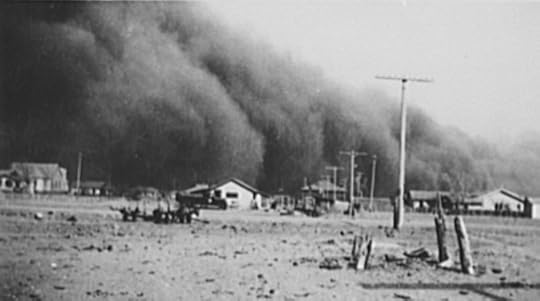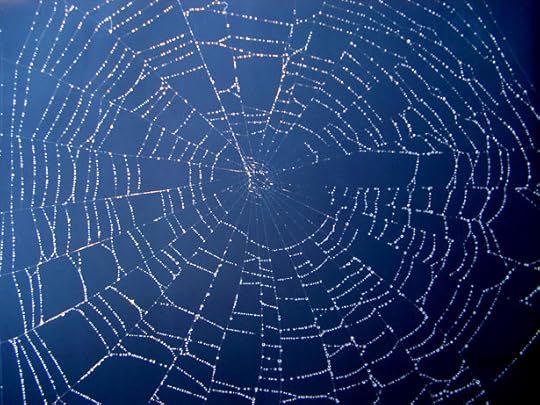Most People Fail Simple Environmental Awareness Test
The EPA has compiled a simple test of environmental literacy. See how you do. 1. There are many different types of animals and plants, and they live in many different types of environments. What word is used to describe this idea: multiplicity, biodiversity, socio-economics, or evolution? 2. Which of the following is a renewable resource: oil, iron ore, trees, or coal? 3. Which of the following household materials is considered hazardous waste: plastic packaging, glass, batteries, or spoiled food? 4. What is the most common major cause of pollution of streams, rivers and oceans? 5. Most electricity in the U.S. is generated from what source? 6. What is the primary environmental benefit of wetland areas? 7. Having ozone in the earth's upper atmosphere protects us from what? 8. What is the current solution to the disposal of most nuclear waste in the United States? 9. What is the largest source of carbon monoxide in the U.S.? 10. What is the most common reason animal species become extinct? 11. What is the name of the primary federal agency that works to protect the environment? 12. Where does most household garbage eventually end up once it leaves the home?
 Answers:1. Biodiversity 2. Trees 3. Batteries 4. Surface water running off yards, streets, paved lots and farm fields 5. By burning coal, oil and wood 6. To help purify water before it enters lakes, streams, rivers and oceans 7. Harmful, cancer-causing sunlight 8. Store and monitor the waste at the plant 9. Motor Vehicles 10. Loss of habitat 11. Environmental Protection Agency 12. Landfills
Answers:1. Biodiversity 2. Trees 3. Batteries 4. Surface water running off yards, streets, paved lots and farm fields 5. By burning coal, oil and wood 6. To help purify water before it enters lakes, streams, rivers and oceans 7. Harmful, cancer-causing sunlight 8. Store and monitor the waste at the plant 9. Motor Vehicles 10. Loss of habitat 11. Environmental Protection Agency 12. LandfillsIf you didn’t answer most of the questions correctly, you are not alone. In a 2001 study by The National Environmental Education and Training Foundation, fewer than 2/3’s of American adults answered half the questions correctly.
 More than 66% failed.
More than 66% failed.Yet, the same study found that 95% of the public supports environmental education.
Why is environmental education important?
 I suspect more damage has been done to the environment by ignorance than by malice. Not too long ago DDT, asbestos, chlorofluorocarbons, and lead paint were considered safe and useful. Slash and burn farming is still widely practiced. And remember the phrase, “the rain will follow the plow.” This 1881 slogan encouraged people to plow up vast sections of the semi-arid prairie. But rains did not follow the plow. Droughts occurred, as they always have and always will. And before long, the Dust Bowl was born.
I suspect more damage has been done to the environment by ignorance than by malice. Not too long ago DDT, asbestos, chlorofluorocarbons, and lead paint were considered safe and useful. Slash and burn farming is still widely practiced. And remember the phrase, “the rain will follow the plow.” This 1881 slogan encouraged people to plow up vast sections of the semi-arid prairie. But rains did not follow the plow. Droughts occurred, as they always have and always will. And before long, the Dust Bowl was born. We know better now. Or do we?
66% failed.
What we can learn from nature.
By studying nature, we learn its two patterns of organization are the web and the cycle, not domination by any one species, even man. Predator-prey cycles are a powerful example of what happens when one species dominates.
 The study of living systems is the study of relationships, patterns, cause and effect. It tests assumptions and reveals unintended consequences. By increasing our environmental literacy, we come to appreciate the power of seemingly small variables such as rainfall, soil composition, wind currents, temperatures, migration patterns, advantageous and disadvantageous adaptations, and luck.
The study of living systems is the study of relationships, patterns, cause and effect. It tests assumptions and reveals unintended consequences. By increasing our environmental literacy, we come to appreciate the power of seemingly small variables such as rainfall, soil composition, wind currents, temperatures, migration patterns, advantageous and disadvantageous adaptations, and luck. And one of these variables is man whose disruptions of natural systems affect society in the form of erosion, floods, desertification, contamination, and disease.
Environmental literacy has been shown to be beneficial to both the students and the community. Since most environmental education involves hands-on experiences such as planting gardens, restoring waterways, and caring for injured wildlife, people are making a difference. The learning is deeper, more meaningful.
And studies have shown that as people gain environmental literacy they increasingly adopt pro-environmental behaviors such as energy conservation, recycling, and eco-conscious buying choices. They understand that even small actions make a difference to the web and cycles of our living systems.
Interested in knowing more? Many resources are on-line. For example:
http://www.ecoliteracy.org/ http://classroomearth.org/ http://education.nationalgeographic.com/education/program/environmental-literacy-guides/?ar_a=1 http://livinggreenmag.com/2013/02/27/energy-ecology/eco-classrooms-teaching-environmental-literacy-in-schools/
Environmental pressures will increase.
 Our children will face tougher environmental challenges than we do. Increasing population and political conflict will cause shortages of food and water. Climate change will impact agriculture and trade. Rising oceans will flood cities. Green and sustainable practices will be accused of harming our ability to compete in the global economy. Environmental educators will be accused of teaching children “junk” science. (For a tooth-jarring rant against environmental education, see http://www.redstate.com/dhorowitz3/2011/06/22/its-official-you-must-be-an-eco-socialist-to-graduate-in-maryland/). The problems will be complex, and the solutions will involve tradeoffs, conflict, and compromise.
Our children will face tougher environmental challenges than we do. Increasing population and political conflict will cause shortages of food and water. Climate change will impact agriculture and trade. Rising oceans will flood cities. Green and sustainable practices will be accused of harming our ability to compete in the global economy. Environmental educators will be accused of teaching children “junk” science. (For a tooth-jarring rant against environmental education, see http://www.redstate.com/dhorowitz3/2011/06/22/its-official-you-must-be-an-eco-socialist-to-graduate-in-maryland/). The problems will be complex, and the solutions will involve tradeoffs, conflict, and compromise. Our children are going to inherit the environmental mess of prior generations. Let’s give them some tools for dealing with it, starting with environmental literacy.
Published on July 24, 2013 16:27
No comments have been added yet.



